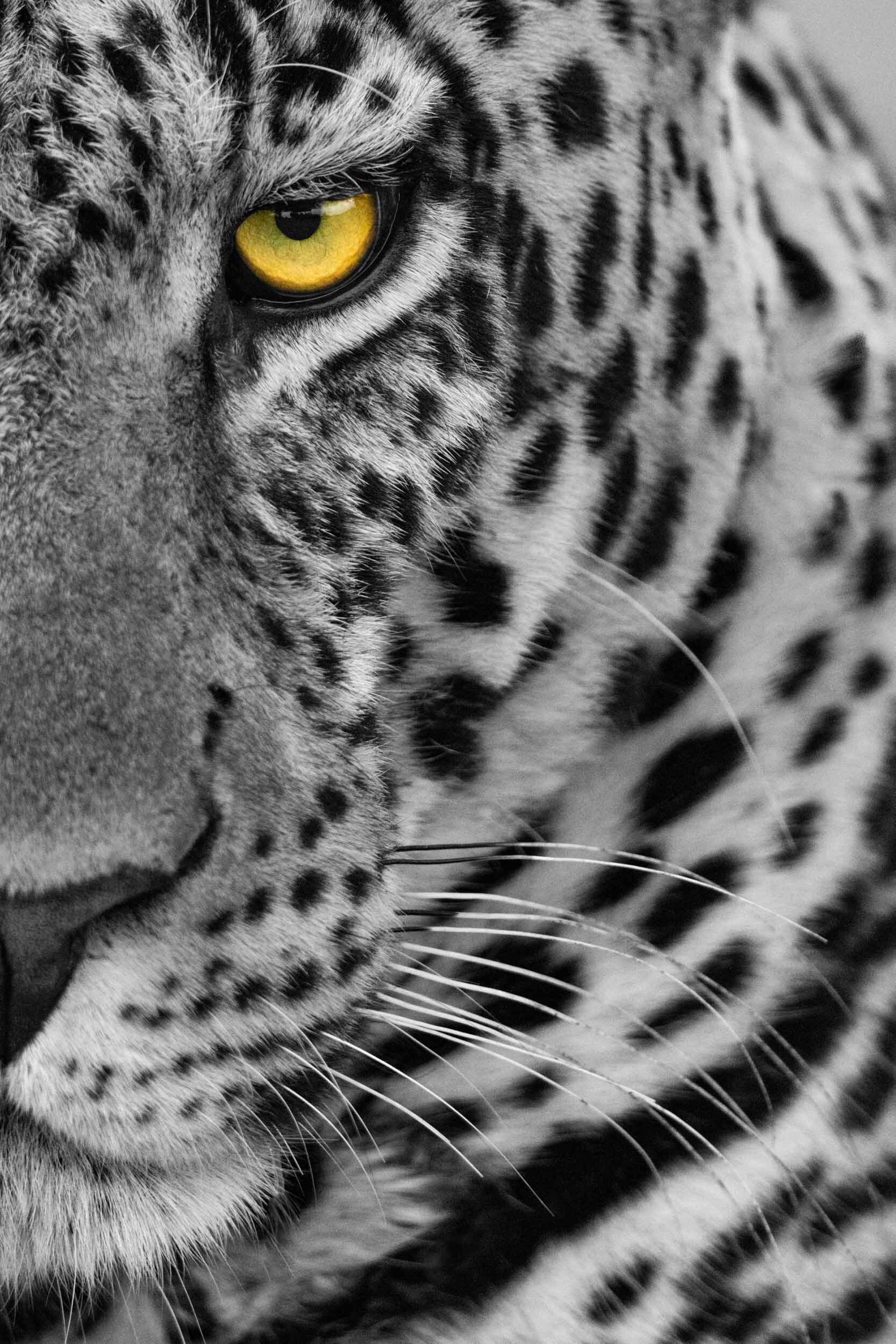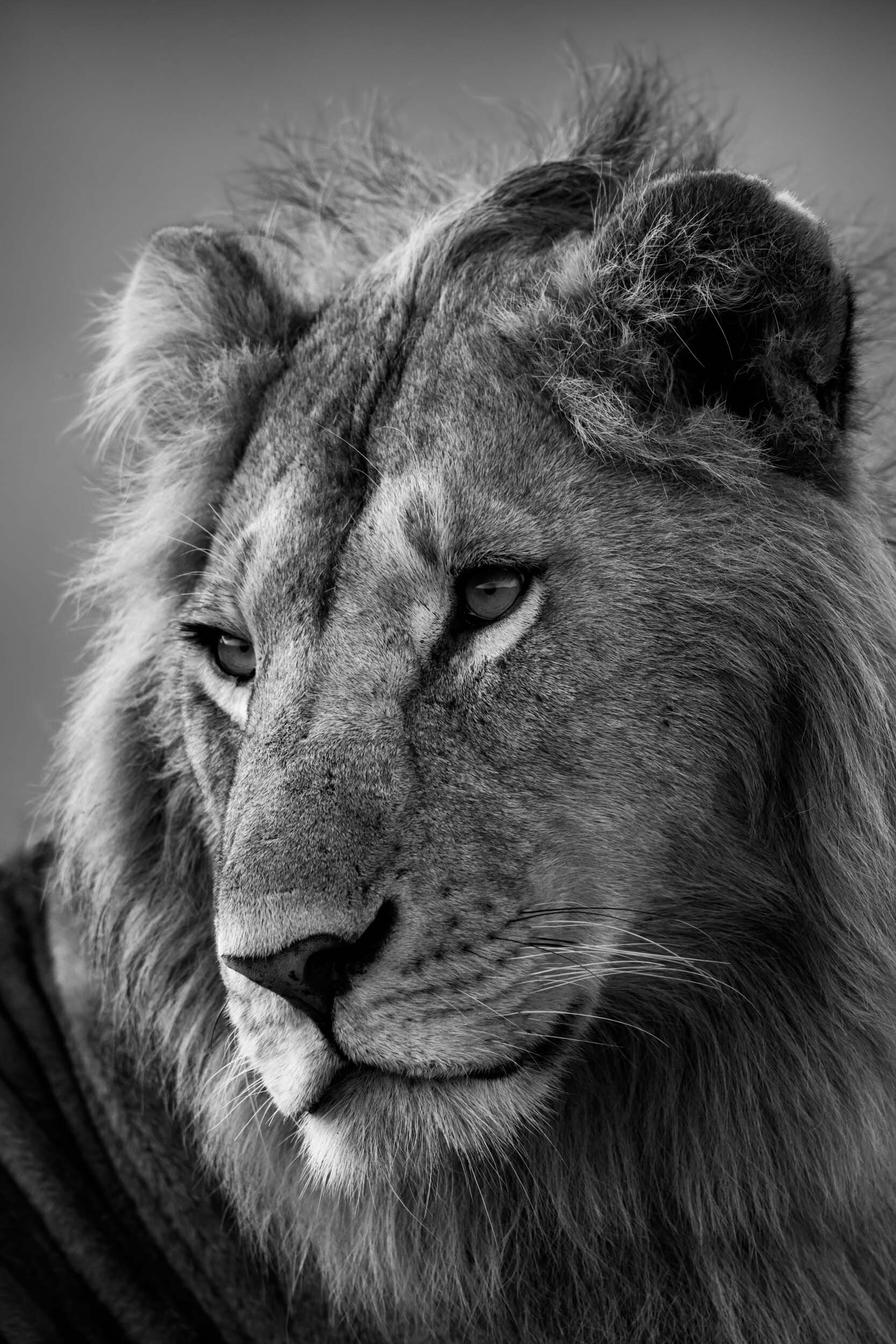Capture the Moment!
Since 2013, I’ve published hundreds of blog posts on all aspects of photography. Some are aimed at helping photographers with their technique, settings, and equipment, but others describe my exhibitions, workshops, and adventures in Africa, Antarctica, and beyond.
Feel free to browse chronologically or click on the category heading above any post for specific content, such as Equipment, Trips or Hints and Tips.
If you’d like to write a guest post, please drop me a line at nick@nickdalephotography.com or on +44 7942 800921.

Selective colour
The advent of digital cameras led to a number of changes in photography, and one of those was the chance to create pictures using selective colour.
The basic idea is to turn a photograph into black and white and then highlight the key area by colouring it in again.

How to do low light photography
Every problem is a fact plus a judgment.
Low light might be regarded as a ‘problem’, but it depends how you look at it.

How to improve your black and white wildlife photography
I don’t take any shots in black and white. And nor does anyone else, for that matter, because modern DSLR RAW files are always in colour. If you want to create black and white images, then you simply have to convert them in Lightroom.
